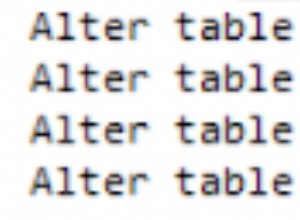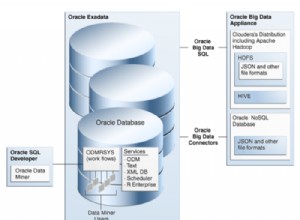Z technicznego punktu widzenia nie jest to odpowiedź, ale ponieważ poświęciłem trochę czasu na przeanalizowanie tego, równie dobrze mogę ją opublikować (chociaż istnieje ryzyko odrzucenia).
W żaden sposób nie mogłem odtworzyć opisanego zachowania.
Oto scenariusz:
declare @table table ([user id] int)
insert into @table values
(1),(1),(1),(1),(1),(1),(1),(2),(2),(2),(2),(2),(2),(null),(null)
A oto kilka zapytań i ich wyników:
SELECT COUNT(User ID) FROM @table --error: this does not run
SELECT COUNT(dsitinct User ID) FROM @table --error: this does not run
SELECT COUNT([User ID]) FROM @table --result: 13 (nulls not counted)
SELECT COUNT(distinct [User ID]) FROM @table --result: 2 (nulls not counted)
I coś ciekawego:
SELECT user --result: 'dbo' in my sandbox DB
SELECT count(user) from @table --result: 15 (nulls are counted because user value
is not null)
SELECT count(distinct user) from @table --result: 1 (user is the same
value always)
To bardzo dziwne, że możesz uruchamiać zapytania dokładnie tak, jak to opisałeś. Aby uzyskać dalszą pomoc, musisz poinformować nas o strukturze tabeli i danych.




